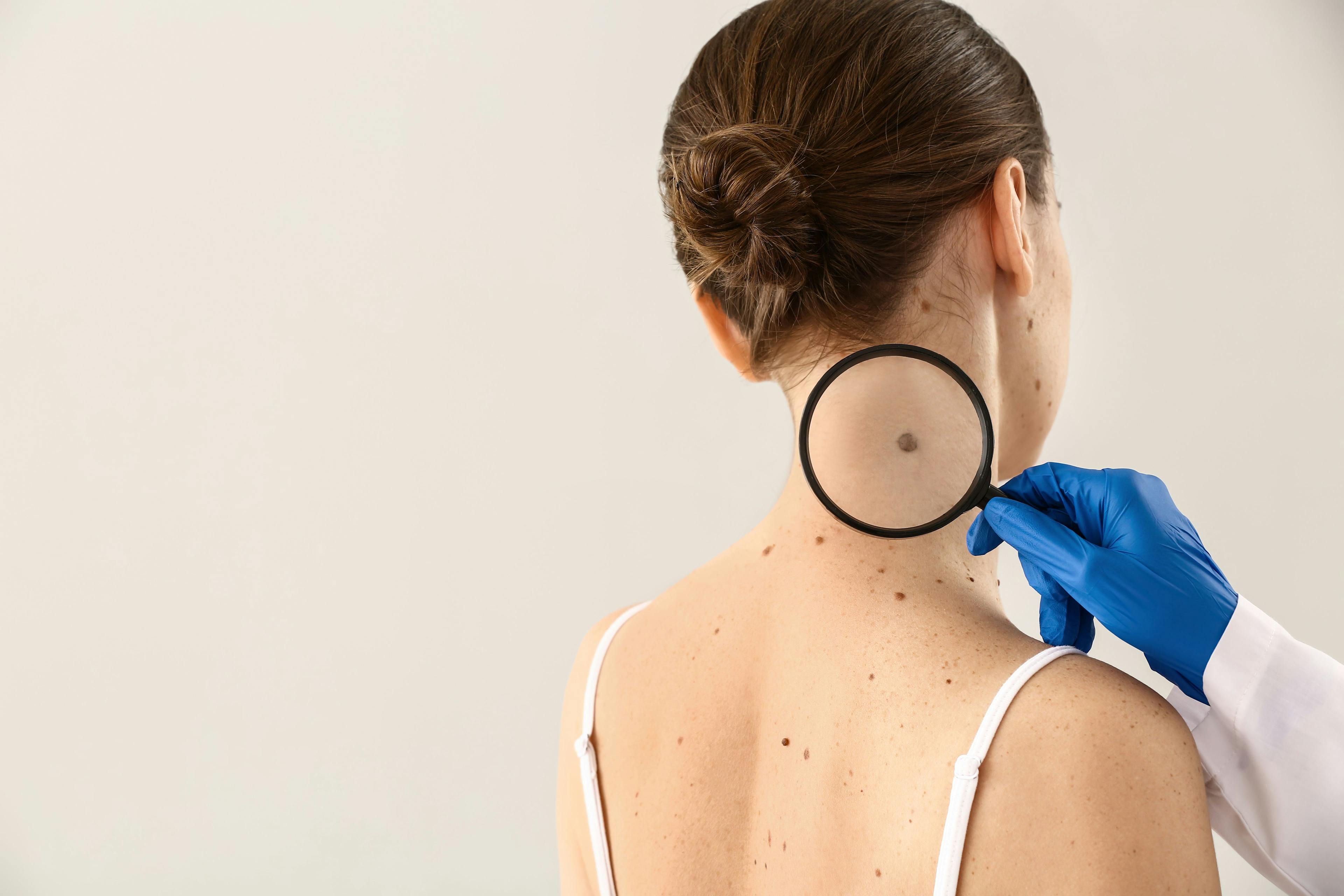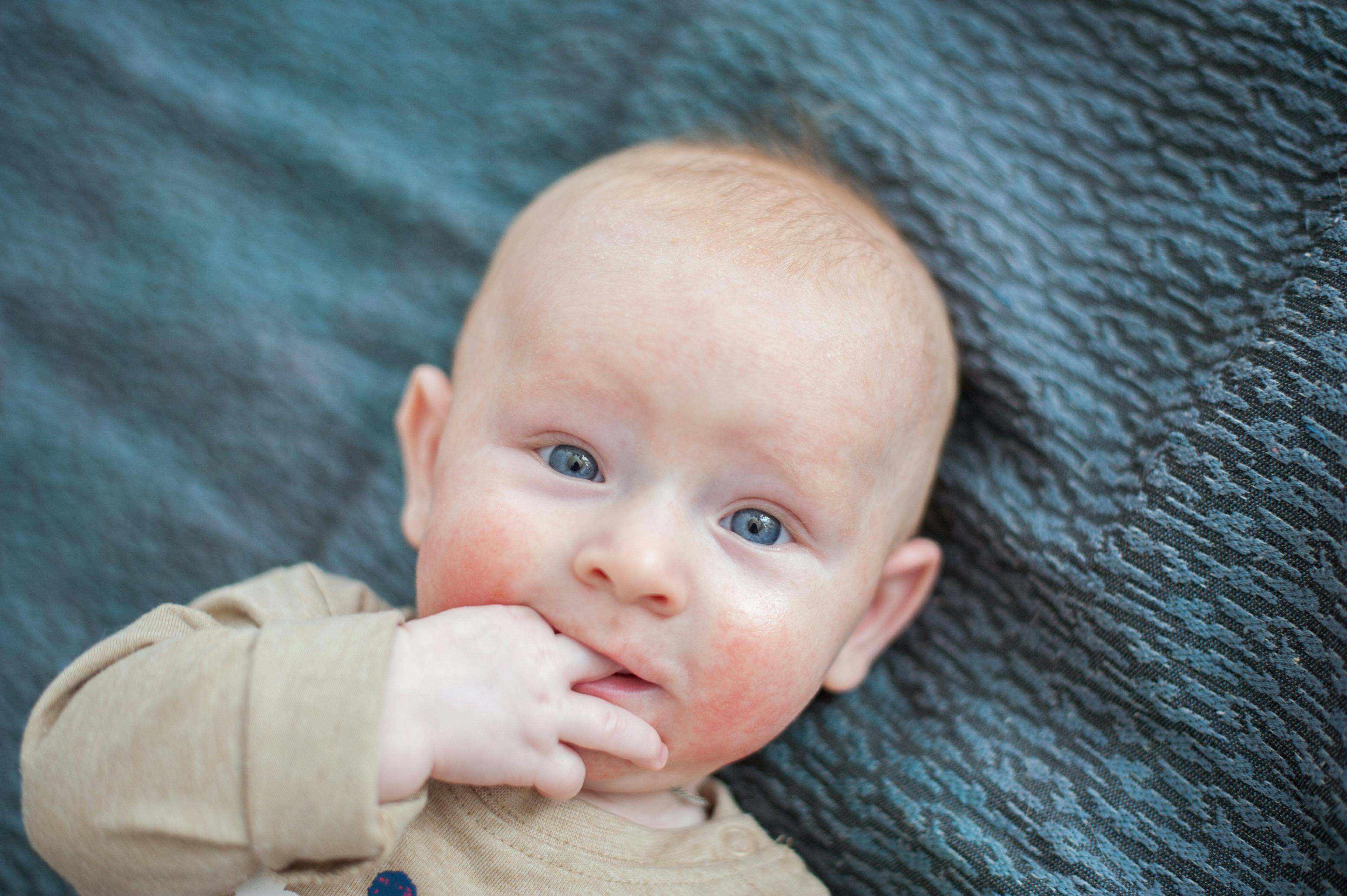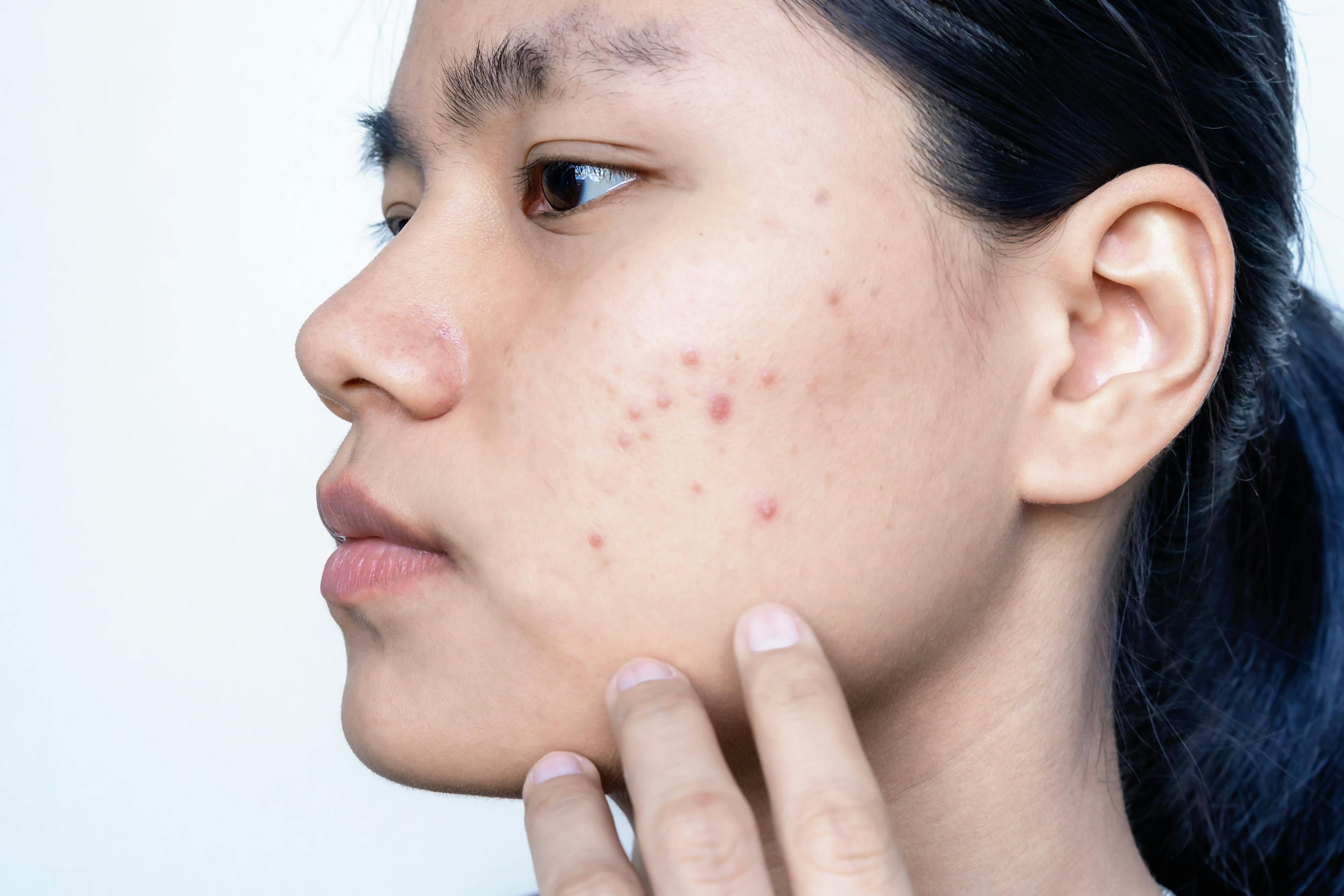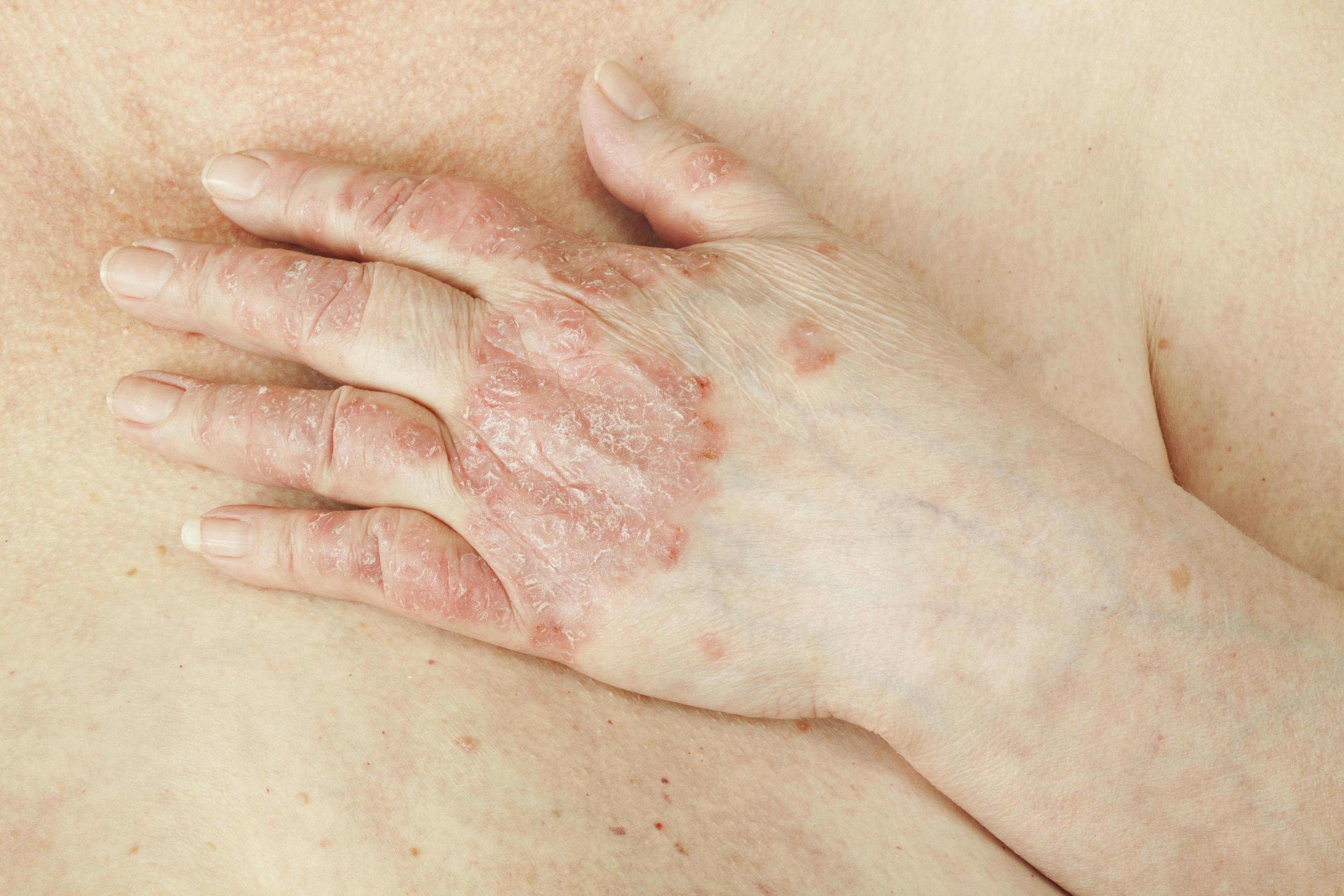- Acne
- Actinic Keratosis
- Aesthetics
- Alopecia
- Atopic Dermatitis
- Buy-and-Bill
- COVID-19
- Case-Based Roundtable
- Chronic Hand Eczema
- Chronic Spontaneous Urticaria
- Drug Watch
- Eczema
- General Dermatology
- Hidradenitis Suppurativa
- Melasma
- NP and PA
- Pediatric Dermatology
- Pigmentary Disorders
- Practice Management
- Precision Medicine and Biologics
- Prurigo Nodularis
- Psoriasis
- Psoriatic Arthritis
- Rare Disease
- Rosacea
- Skin Cancer
- Vitiligo
- Wound Care
Publication
Article
Dermatology Times
Master Pain-Free Dermatology
Author(s):
Learn to discern the best pain-mitigation strategies for each patient, based on research and personal experience.
Dermatologists should amass an array of nondrug options for patients who need help managing pain, according to Peter A. Lio, MD, FAAD, clinical assistant professor of dermatology and pediatrics at Northwestern University Feinberg School of Medicine in Chicago, Illinois. In a presentation at the 2022 American Academy of Dermatology Annual Meeting, held March 25 to 29 in Boston, Massachusetts,and a follow-up interview with Dermatology Times®, Lio detailed behavioral, environmental, and medical best practices for minimizing discomfort in both children and adults undergoing dermatologic procedures.
“There are really 3 parts to pain-free dermatology: managing the pain and nociception—the physiological process behind the sensation—and the patient’s attention,” Lio told Dermatology Times®.
He added that incorporating these techniques can improve outcomes:“It turns out that you can actually measure higher rates of therapeutic success and procedural success.”
Whether a dermatology practice’s patients tend to be children or adults, the takeaways are similar: Adding in a wide range of techniques to make patients more comfortable requires what Lio calls a tiny investment of time and equipment that most practices can incorporate right away. Here are his key points:
- Dermatologists need to be sensitive to when patients cannot manage their anxiety. “Sometimes the best call in the moment is to cancel and reschedule the procedure. Especially for children, sometimes you feel like you will do more harm than good to try to push past a point where they are really scared,” Lio explained.If a patient is anxious but not overwhelmed, he advises leaving the room and letting the patient relax, play a game, watch a movie, or have a light snack before trying again. Other options: talk therapy and—if the patient is open to these—hypnosislike calming suggestions and breathing exercises. “I think hypnosis is much more effective than we give it credit for, as seen in a landmark study,” Lio told Dermatology Times® explaining the results of a 2012 study.2
- Distraction can be enough. For procedures such as drawing blood and freezing warts, in which anesthetics typically are not used, Lio recommended letting patients play an engaging game. “For other patients, sometimes just talk therapy can be enough to keep their mind away from the procedure, and injecting some humor can also help people relax—it really is surprisingly effective,” he said.
- There is no one-size-fits-all answer. Lio said he takes a smorgasbord approach to pain mitigation, offering a wide variety of options to each practice and patient he visits: “We often have to try everything or offer a bunch of things and go with the flow.”
- Pain-free dermatology is not an issue only in pediatrics. “The presentation was sort of envisioned with kids in mind, but as soon as I started writing, I realized this is for all patients,” he said. “I do have some adults who are really frightened, and it is so nice to work with them, too, and help them out. But I think every dermatologist can benefit from thinking about this, no matter how tough patients seem to be.”
- Research lags clinical experience. “We use cold therapy, vibrational therapy, and many other modalities,” Lio told Dermatology Times®. “Clinically, we often mix and match and get an anecdotal sense of what works, but studies on combination therapies are lacking in the literature. I think there are likely synergies in combining modalities that we have not figured out because we have not studied them. Ideally, we would have research showing the best approaches for a certain age of patient, a certain body part, or a certain procedure, but the data are not there yet.”
Meanwhile, Lio said,research into pain management continues to evolve: “Every year, the literature brings new ideas and findings.”
Disclosures:
Lio reported no relevant disclosures.
References
Aggarwal S, Lio P. Pain-free dermatology: minimizing discomfort in procedures for children and adults. Presented at: 2022 American Academy of Dermatology Annual Meeting; March 25-29; Boston, MA.

Newsletter
Like what you’re reading? Subscribe to Dermatology Times for weekly updates on therapies, innovations, and real-world practice tips.































